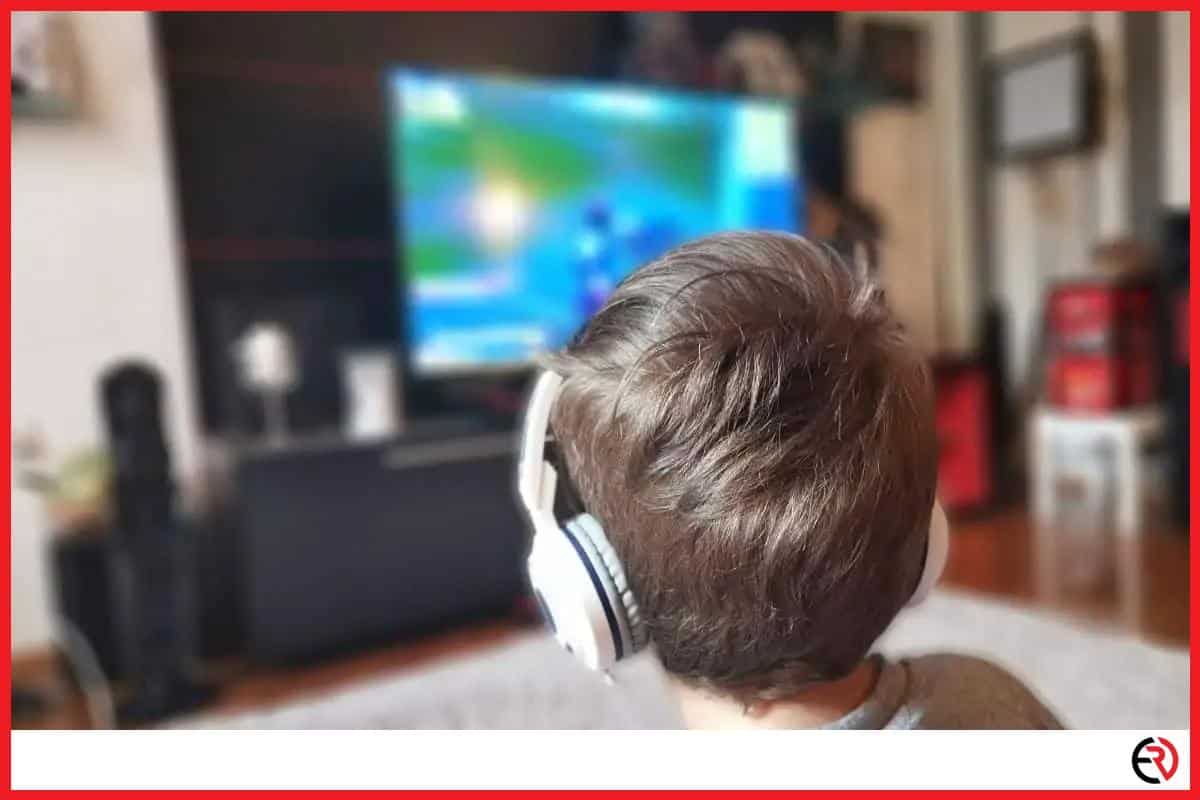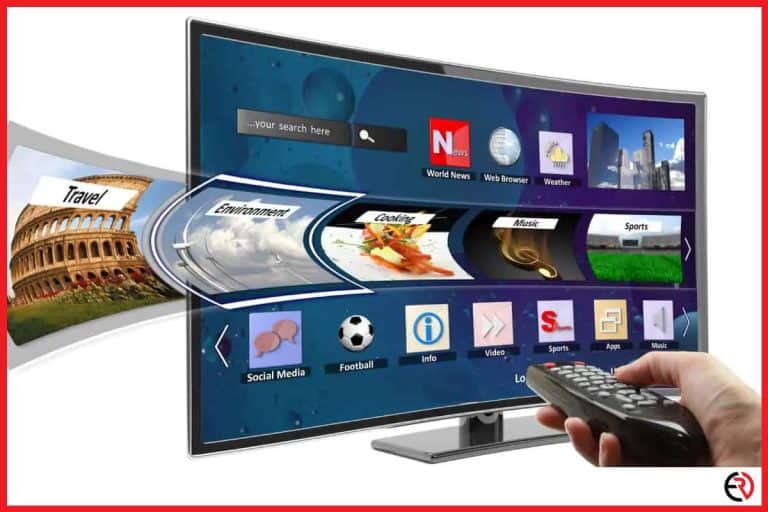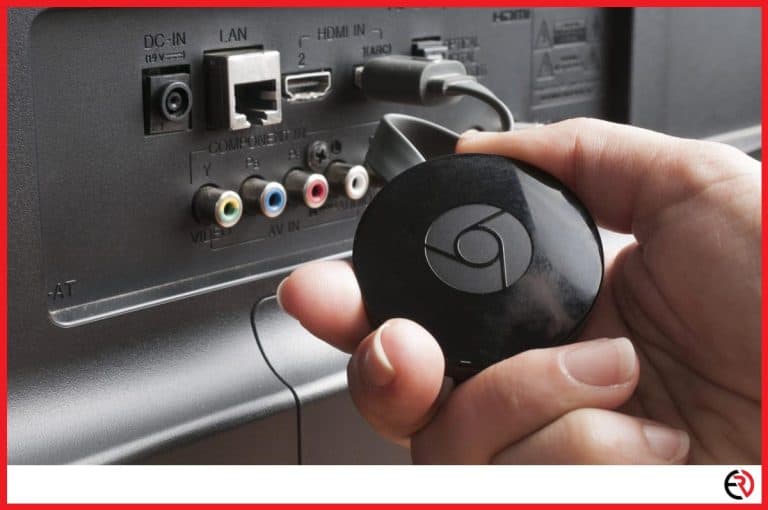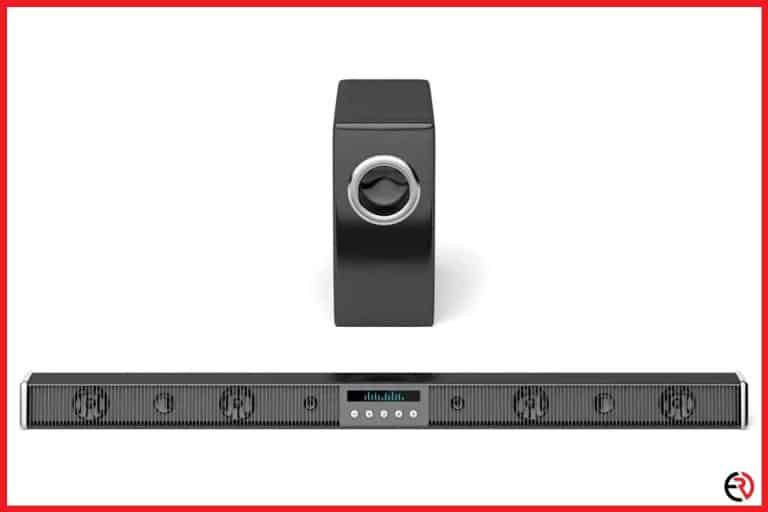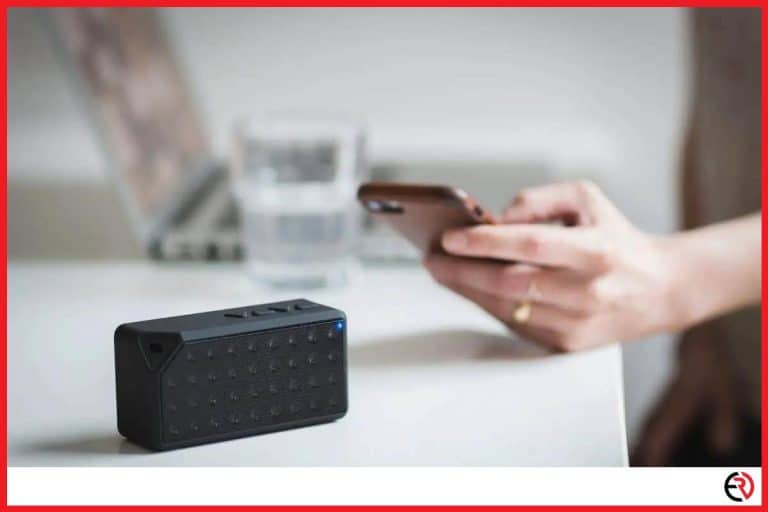How to Connect Bluetooth Headphones to a Non-Smart TV?
This post may contain affiliate links which means that, if you choose to make a purchase, I may earn a small commission at no extra cost to you.
Everything in our homes is turning smart. The TVs have begun. Arguably affordable smart TVs became a thing just a decade ago. So, most homes have one. However, if you have an old TV you may be missing out on some features. One of them is the capability to listen to the audio output via wireless Bluetooth headphones.
You can connect Bluetooth headphones to a non-smart TV in several ways including a direct connection, via a Bluetooth transmitter, or a media streaming device.
Let’s check out how you can connect your Bluetooth headphones to your non-smart TV.
Different ways of connecting Bluetooth headphones to non-smart TV
As mentioned above, there are three major ways of connecting your Bluetooth headphones to a non-smart TV.
1. Direct Connection – Even if your TV is over a decade old, it doesn’t mean that it may lack Bluetooth. The Bluetooth protocol was introduced over two decades ago and if you have been one of the privileged customers of a high-end TV back in the day, your non-smart TV may have in-built Bluetooth. In that case, you can directly pair and connect your Bluetooth headphones to your TV.
2. Bluetooth transmitter – Another way of connecting your non-smart TV to your Bluetooth headphones is with the help of a Bluetooth transmitter. The Bluetooth transmitter connects to your TV via wires, gets an audio signal from your TV, and transmits it to your Bluetooth headphones.
3. Media Streamers – Most media streamers including Amazon Fire TV Cube and Apple TV 4K have inbuilt Bluetooth. You can connect the media streamer to your TV and connect the streamer to your Bluetooth headphones for audio output. This method also arms your non-smart TV with smart features.
Direct Connection
While all smart TVs have in-built Bluetooth, it doesn’t necessarily mean that all non-smart TVs don’t have in-built Bluetooth. That’s why the first method is very straightforward. If your non-smart TV has in-built Bluetooth, you can directly connect it to your Bluetooth headphones.
The way you connect the headphones to your TV varies drastically since most manufacturers had their own custom software before they were all conquered by Android TV. That’s why you may need to check your owner’s manual for the Bluetooth and audio settings of your TV.
Here’s how you can do it:
- Put your Bluetooth headphones in pairing mode.
- Check the TV’s owner’s manual and turn on Bluetooth.
- When you turn on Bluetooth on your TV, it will start searching for nearby Bluetooth devices and your headphones should show up on the list.
- Use the remote to select your headphone from the list. Wait for a few seconds and that’s it.
While this method works, I don’t recommend it. Even if your old non-smart TV has in-built Bluetooth, the old technology is bound to have lower bandwidth and range. That means poor signal and frequent dropouts.
Bluetooth Transmitter
Another way to connect your Bluetooth headphones to your non-smart TV is via a Bluetooth transmitter. This is a much better method compared to the above-mentioned one. Moreover, the above-mentioned method isn’t even possible if your non-smart TV doesn’t have inbuilt Bluetooth.
Let’s check out how you can connect your Bluetooth headphones to your TV via a transmitter:
- Connect the transmitter to a USB power source or a wall adapter.
- Next, turn on the transmitter. These transmitters usually have the capability to connect to two Bluetooth headphones. Get the transmitter into pairing mode for one of those connections.
- Now put your Bluetooth headphones in pairing mode and keep them close to the transmitter. After a few seconds, they should be paired and connected.
- Next, you need to connect the transmitter to the TV. Depending on the Bluetooth transmitter, you may have the option for optical audio, RCA connection, or AUX connection. The transmitter should also come with those cables.
- Connect the transmitter to the TV with your preferred cable. AUX or optical input is recommended.
- Now play a movie or show on your TV and the audio should start playing through the headphones. If that doesn’t happen you may need to change a few settings on the TV.
- Navigate to your TV’s sound settings via remote and go to the section that allows you to choose Audio Output. You may need to change the output to PCM(for optical audio) or Headset(for AUX connection).
Media Streamers
This method is arguably the best one. I would personally use this method to connect my Bluetooth headphones to my non-smart TV since it would also transform my non-smart TV into a smart one. Most media streamers from Roku, Nvidia, Amazon, Apple, and Google have in-built Bluetooth.
You just need to connect the media streamer to your TV via HDMI and connect Bluetooth headphones to the streamer. Let’s check out how you can connect your Bluetooth headphones to a few popular media streamers.
Amazon FireStick TV
- Put your headphones in pairing mode.
- Use FireStick remote to navigate to Settings>Controllers & Bluetooth Devices>Other Bluetooth Devices.
- Select Add Bluetooth Devices.
- Select your Bluetooth headphones from the list and you’re done.
Apple TV 4K
- Use the remote and navigate to Settings>Remotes and Devices>Bluetooth.
- Now put your Bluetooth headphones into pairing mode.
- The headphone should pop up on the search result for Bluetooth.
- Select the headphone, wait a few seconds and now all the audio should be coming out from the headphones.
Chromecast with Google TV
- Put your headphones in pairing mode.
- Use the remote to navigate to Settings>Remotes & Accessories.
- Select Pair remote or accessory and allow the Chromecast to scan for Bluetooth devices.
- Choose your headphones when they show up on the scan and that’s about it.
Conclusion
Personally, I would recommend using a media streamer to connect your non-smart TV to your Bluetooth headphones. Bluetooth transmitters are usually the same price as budget media streamers and don’t offer as much value. I hope this article was helpful to you.

